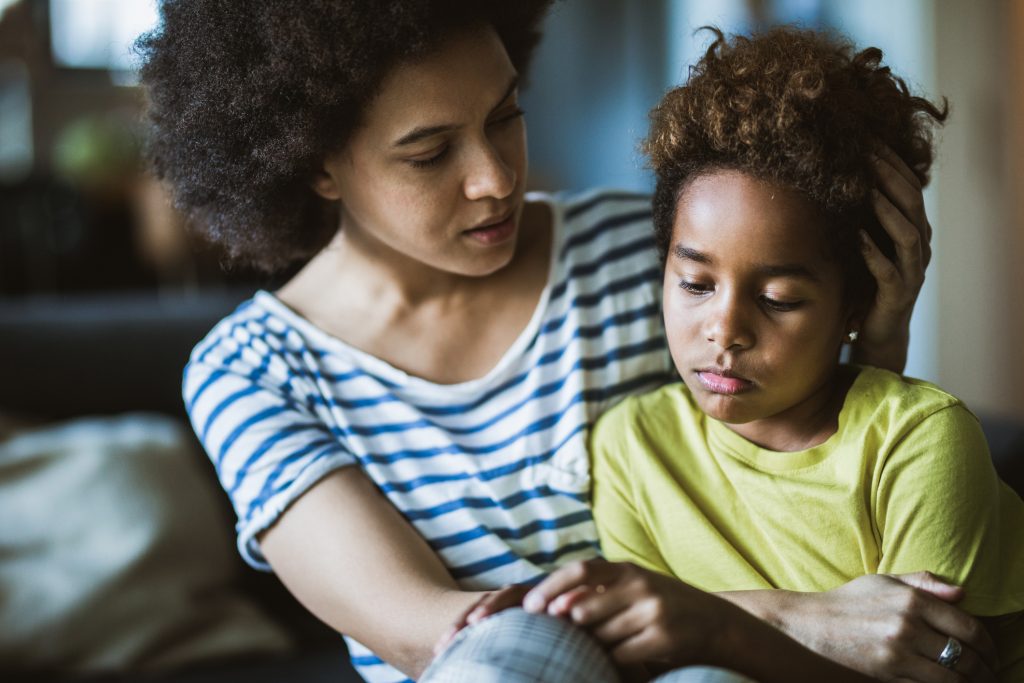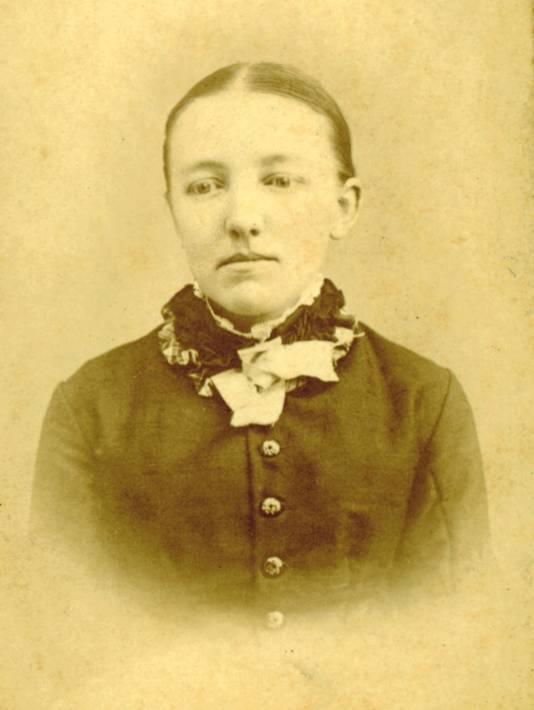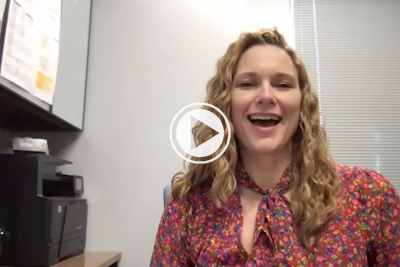These are confusing times for young and old alike. We are bombarded with news and discouraging numbers. Families have gone from packed calendars, not having family time, and meals on the go to having nothing on the calendar, constant together time, and family meals now that school, sports events, and employment are canceled. Seems like that should be a good thing – but how is it working out? We are traveling in uncharted waters and these are unsettling times for many. How can you help children through this time of flux when we, adults, don’t even know what to expect?
Educate Yourself and Your Family
The first step may be to educate yourself with facts from reliable sources. The Centers for Disease Control and Prevention (CDC) and the World Health Organization (WHO) have solid up-to-date information online. Avoid panic. Stay calm, factual and honest when talking with your children about the coronavirus. Many current terms are new for everyone. When did you first learn about “social distancing”? My six-year-old granddaughter wanted to know why we have “social dancing for COVID Nike” (perhaps social distancing for COVID-19) as if we were talking about some kind of dance to do with gym shoes.
Be sure to do some reflective listening to see what your child is hearing and what they understand. Address misperceptions and encourage conversation. A school psychologist shared with me the following link and I want to pass it on because it is helpful in many aspects of the pandemic we are experiencing and specifically talks about how to talk with your children.
Social Distancing
As defined by SAMHSA (Substance Abuse and Mental Health Service Administration), social distancing is “a way to keep people from interacting closely or frequently enough to spread an infectious disease.” The WHO says that approximately 3 to 6 feet of separation are required. Helping children to understand why we are staying away from other people and how that will help us stay well may ease fear and anxiety. I don’t think anyone realized the toll that social distancing, quarantine or isolation could take on mental health when we first heard these terms. SAMHSA has a 4-page handout online that defines social distancing, quarantine, isolation and outlines some self-care tips. Taking care of ourselves and others is really the key to coping.
9 Tips for Parents
There is lots of advice from the media on what we “should” be doing as our new normal becomes staying home, social distancing, and trying to stay well. We all need to make a plan and not be overwhelmed by the amount of information we are bombarded with.
- Understand the COVID-19 virus. Discuss facts clearly and simply with children and adults. Be sure children feel heard. Validate their emotional response. Correct misperceptions about the illness. Give children needed extra attention and support.
- Discuss the importance of handwashing and incorporate it periodically into the day. Take extra measures to clean faucet handles, door handles, and light switches each day. Wash towels frequently. Use hand sanitizer when needed.
- Isolate those who are sick as much as possible from the rest of the family. Learn how to access your healthcare provider online even before a family member is sick so that you are ready should the virus hit your family.
- Keep a routine. Children like routine. It helps them feel secure. Getting dressed, eating meals at mealtimes, having scheduled reading or study time and exercise. Maintain sleep routines. Plan and discuss the family “schedule.” Try posting the family schedule by using a chart or whiteboard/chalkboard.
- You have turned into the home-tutor for your child (or children) and may feel lost with online learning. Sometimes the kids know more about it than the adults. Fall back on your school for help. Teachers and parents are all in the same boat as we jump into distance learning. Take a breath…
- Get outdoor time when the weather (and seasonal allergies) allow. Even if it is cool outside, dress appropriately and take a walk. Look for spring plants that may be starting to appear. Plan a hike.
- Utilize available resources. Your local newspaper (either in paper or online) can have great ideas. The St. Louis Post-Dispatch ran an excellent article on Sunday, March 22, 2019—check it out online for tips on how to keep your kids busy while social distancing.
- Stay positive. Join remotely with your neighbors to post homemade artwork in your window or write encouraging words in chalk on your sidewalk. Maybe hang some Christmas lights in the yard.
- Check on your neighbors, both old and young. Have your children draw pictures or send “thinking of you” messages to friends and relatives.
Stay positive! Let’s try to be a beacon of light for our children, families, and neighbors in this confusing world.






Comments